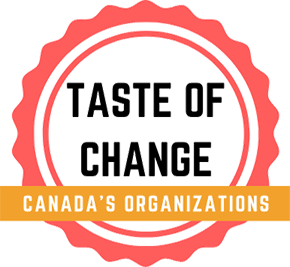During the first global forum on food sovereignty back in 2007, food sovereignty has been defined. Food sovereignty equals the right of people to get access to healthy food. People should have the means to have food that are culturally appropriate. One of the concerns in food sovereignty is to ensure that the production is through ecological and sustainable means.
In food sovereignty, instead of producing food that is dictated by market and corporation demands, the decision is left to producers, distributors, and consumers. The food systems and policies being followed are dependent on these three major elements.
It even goes …
Taste of Change has several networks that allow you to get in touch with people with the same interest, discuss valuable topics, and exchange ideas about current issues. Our community of networks connects people across Canada.
Institutional Food Program
The goal of this program is to expand the sources of sustainable and fresh food within Canada. It aims to improve the current food production and systems in the country.
Biotechnology (CBAN)
This network is about research and studying further the impacts of genetic modification when it comes to farming and food production.
Provincial / Territorial …
